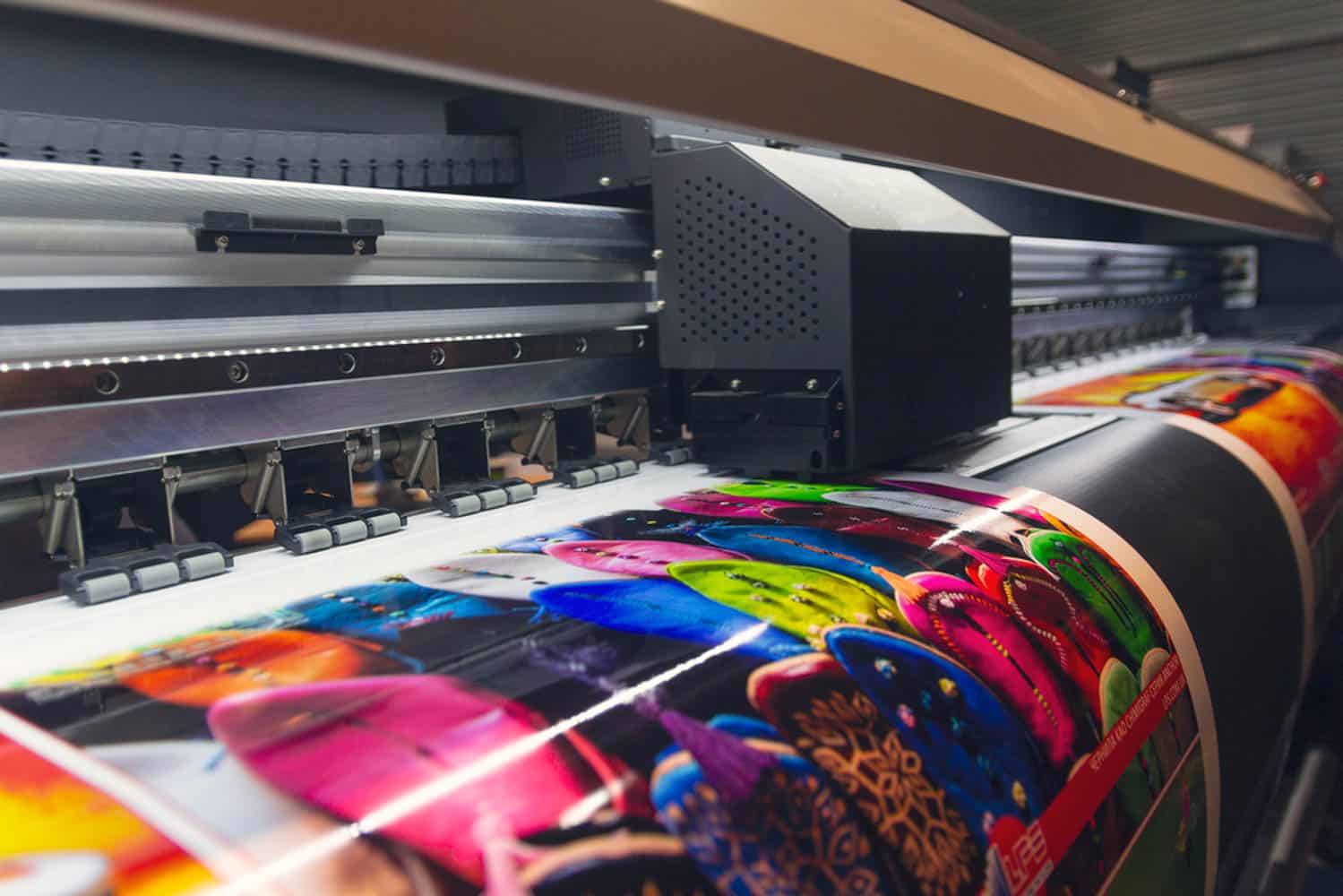Stay competitive with smart pricing strategies in print on demand stores.
Stay competitive with smart pricing strategies in print on demand stores.
Blog Article
Recognizing Exactly How Digital Printing Transforms the Printing Industry
The printing industry, long steeped in traditional methods, is undergoing an extreme makeover with the advent of electronic printing. This ingenious modern technology, which eschews the requirement for publishing plates, makes it possible for fast production and modification, reshaping the landscape of print communication. With its potential to stimulate involvement through individualized web content and to offer lasting remedies, it's clear that electronic printing is greater than a technical development; it's a critical game changer. Exactly how precisely does it change the market? Let's explore.
The Advancement of Digital Printing: A Short Overview
Considering that its inception, digital printing has actually gone through considerable makeovers, consistently revolutionizing the printing sector. With the development of the 90s, digital printing technology began to develop, and the market observed the intro of direct imaging presses, which removed the requirement for publishing plates. As the new millennium unfolded, improvements in innovation further stimulated the growth of electronic printing, leading to the production of high-speed inkjet printers.

Unpacking the Technology Behind Digital Printing
Delving into the ins and outs of electronic printing technology, one runs into a rich tapestry of innovative machinery and complicated algorithms. At the heart of this process exists a digital image, which is refined by software application that separates it right into a grid of dots. These dots are then converted into a digital code. This code is analyzed by the printer, which uses it to exactly transfer beads of ink onto the substrate. The droplets are so little and specific that they create a photo that is basically equivalent from the original. This elaborate system, strengthened by sophisticated software and high-resolution imaging, has changed the landscape of the printing sector, leading the way for extraordinary degrees of detail and precision.

The Advantages of Digital Printing for Services
Understanding the modern technology behind electronic printing gives a clear image of its accuracy and detail. useful source For services, this translates into numerous advantages. Firstly, digital printing offers unprecedented rate, making it possible for companies to meet tight due dates without compromising on top quality. Next, it decreases expenses as there are no plates or physical configuration, making it perfect for small-volume printing tasks. This technology uses exceptional consistency with each print output, getting rid of variations frequently seen in standard techniques. Lastly, electronic printing is environmentally pleasant, using less ink and producing less waste. The complete capacity of digital printing is understood when used for modification and personalization, a subject that will certainly be covered in depth in the next area.
The Role of Digital Printing in Modification and Personalization
While typical printing methods have problem with modification and personalization, electronic printing masters these locations. It enables for the simple alteration of styles, without the requirement for costly and taxing plate adjustments (print on demand). This enables companies to tailor products to specific consumers, conference specific demands and boosting customer complete satisfaction
Digital printing also allows for variable data printing, where elements such as message, graphics, and photos may be transformed from one published item to the next, without reducing down the printing process. This is specifically helpful for direct advertising and marketing campaigns, where individualized messaging can dramatically enhance response prices. In this means, digital printing not just changes the printing sector but additionally changes the way services connect with their clients.
Evaluating the Environmental Effect of Digital Printing
Although digital printing has been admired for its role in personalization and personalization, it is vital to examine its environmental effect. Digital printing can be much less wasteful than conventional techniques, due to the fact that it operates on a 'print on demand' basis, removing the need for big print runs that can lead to excess and waste. Furthermore, it uses fewer chemicals and produces less volatile natural compounds (VOCs) compared to balance out pop over to this web-site printing. The power usage of electronic printers can be high, leading to enhanced carbon footprint. The usage of non-recyclable printing components and the difficulty of e-waste management position substantial ecological problems. While digital printing has many benefits, its environmental impact must be diligently handled.
Conclusion
In verdict, electronic printing has check out here changed the printing sector, providing fast, cost-efficient, and high-grade solutions - print on demand. Understanding these adjustments is crucial for businesses to leverage the advantages of electronic printing effectively.
Report this page